At Vita Haute, we thrive on sharing fascinating and rare finds, from unusual books and intriguing languages to eclectic songs. We believe that embracing variety enriches our lives and supports our entrepreneurial goals. That’s why we’re dedicated to expanding your knowledge across different fields.
In this post, we’re excited to introduce you to 25 unique fruits from around the world. Having tasted a few of these myself, I can vouch for their incredible flavors. While these culinary gems might not be readily available at your local store, we hope this guide will inspire you to seek them out on your travels or even ask your local market if they carry them.
If you’re up for a challenge, you might consider planting seeds to grow your own supply of these unique fruits. We’ve included details on where each fruit thrives, with most coming from tropical regions, though some can be cultivated at home. Be sure to research the specific botanical needs before starting your own fruit-growing adventure. Now that you have the background, let’s learn about these 25 rare fruits from around the globe.
This post contains affiliate links. Please read our disclosure.
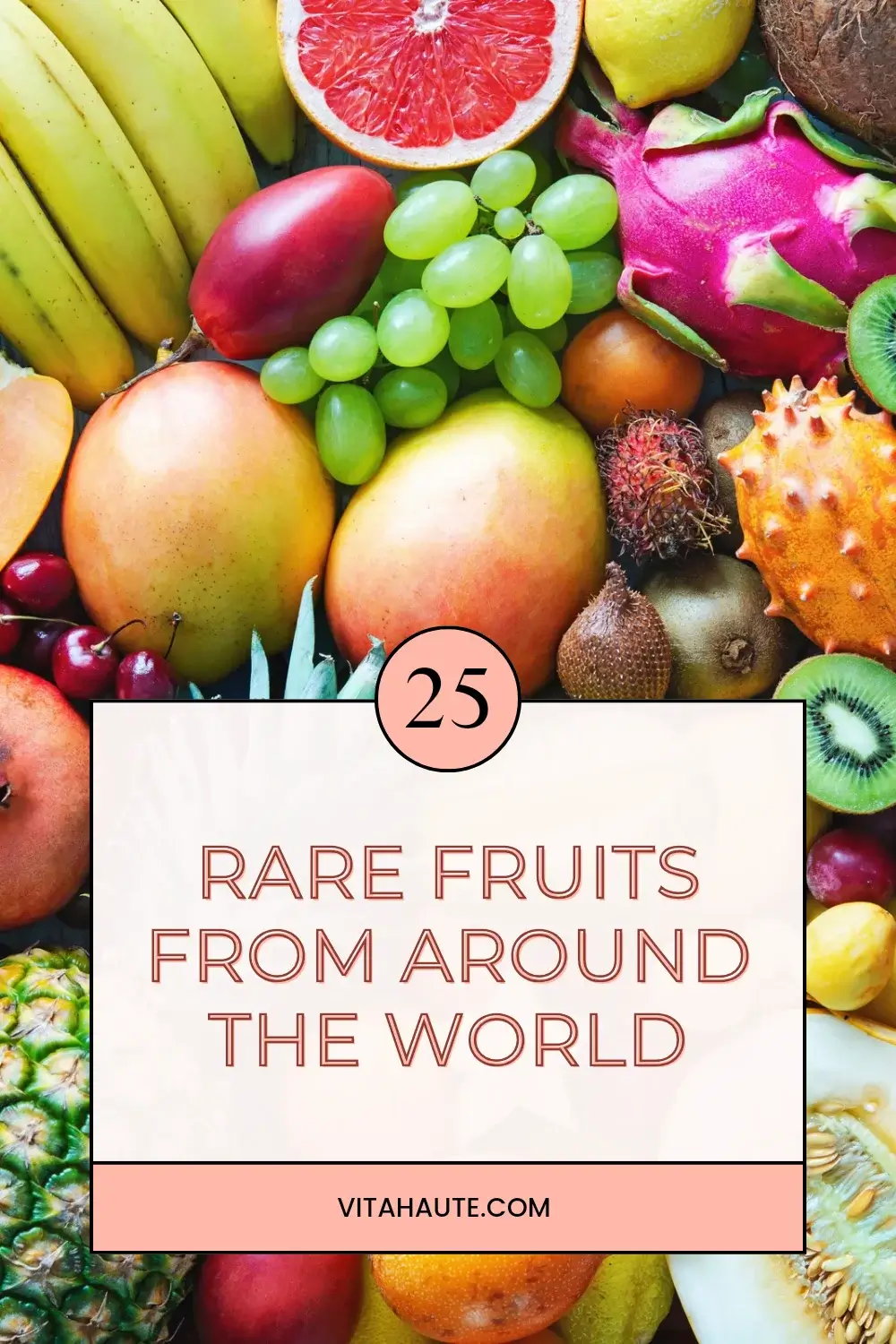
1. Jabuticaba
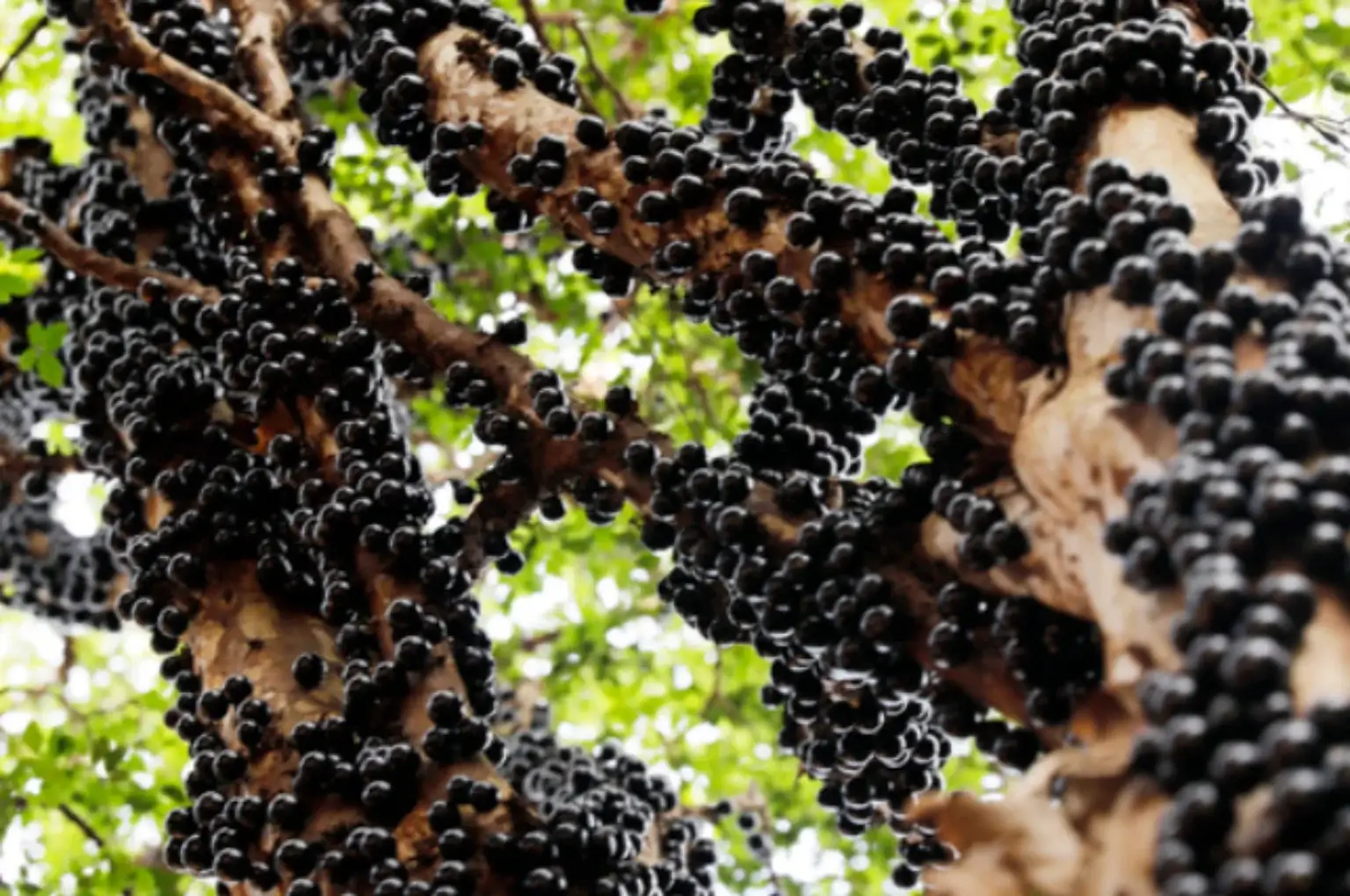
The Jabuticaba, also known as the Brazilian grape tree, is a unique fruit that grows directly on the trunk and branches of the tree, resembling a cluster of grapes. Its grape-like appearance is complemented by a sweet and tangy flavor that’s often compared to a blend of grape and citrus. Native to Brazil, this fruit is commonly used in making jellies, wines, and liqueurs, offering a taste of the tropics. Due to its unusual growing pattern and delightful flavor, Jabuticaba is a cherished treat in Brazilian cuisine.
2. Salak
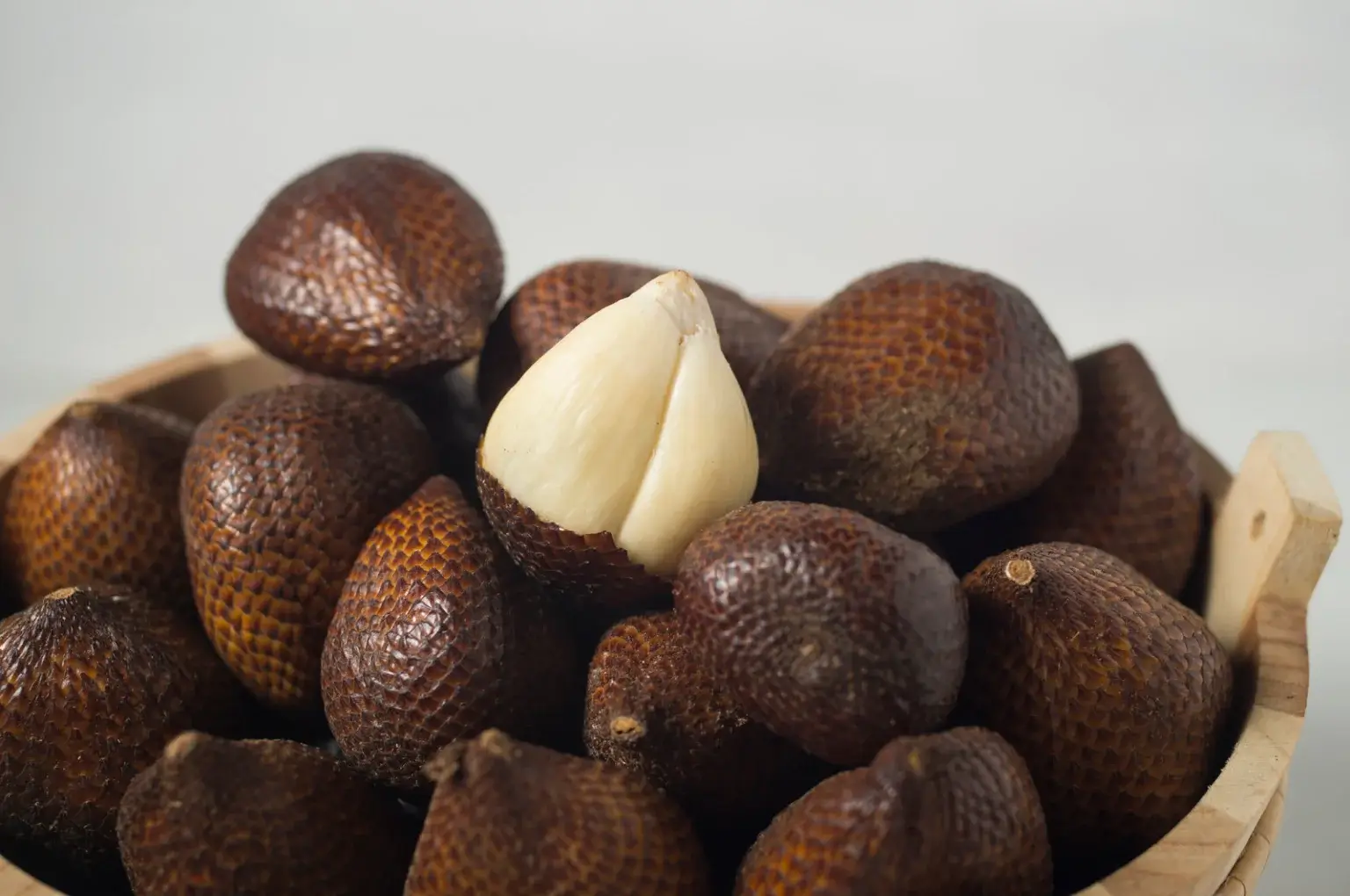
Salak, or snake fruit, is an exotic fruit native to Indonesia, notable for its reddish-brown, scaly skin that resembles snake scales. The flesh inside is sweet and tangy, with a texture that is often likened to a mix of apple and pineapple. This fruit is commonly enjoyed fresh, in salads, or as a component in various Southeast Asian desserts. Its distinctive appearance and unique flavor make Salak a standout in the world of tropical fruits.
3. Mangosteen
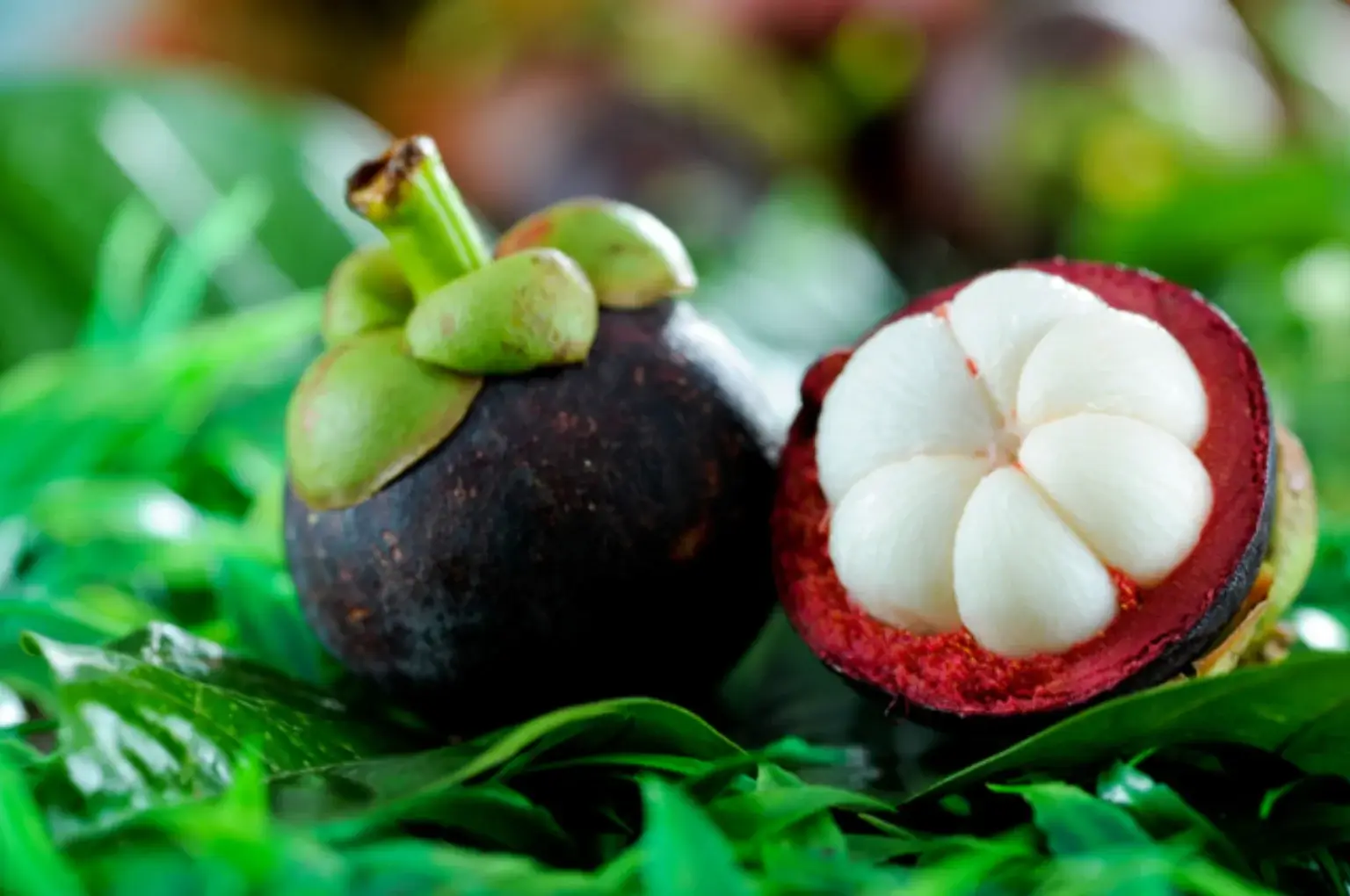
Mangosteen, often hailed as the “queen of fruits,” features a thick purple rind encasing juicy white flesh that is both sweet and fragrant. Native to Southeast Asia, this fruit is celebrated not only for its delicious taste but also for its potential health benefits, including anti-inflammatory and antioxidant properties. The creamy, slightly tart flavor has made Mangosteen a favorite ingredient in both traditional and modern cuisine.
4. Cherimoya
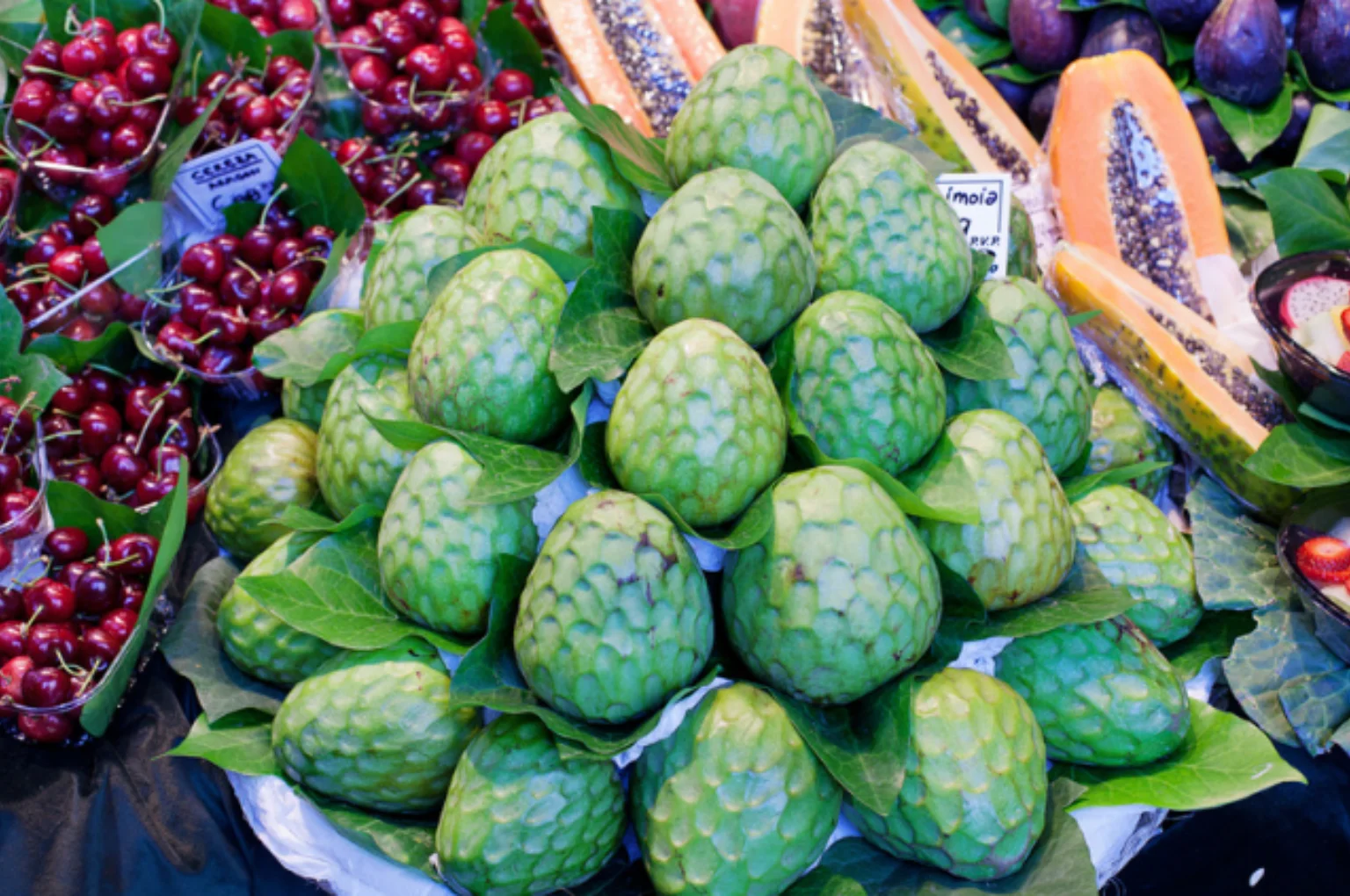
Cherimoya, frequently called the “custard apple,” is known for its creamy texture and sweet, tropical flavor that combines hints of pineapple, banana, and vanilla. This fruit, native to the Andes, is often enjoyed fresh or used in a variety of desserts and smoothies due to its unique custard-like consistency. The Cherimoya’s green, scaly skin encases a deliciously soft, white flesh that is both refreshing and satisfying.
5. Sapodilla
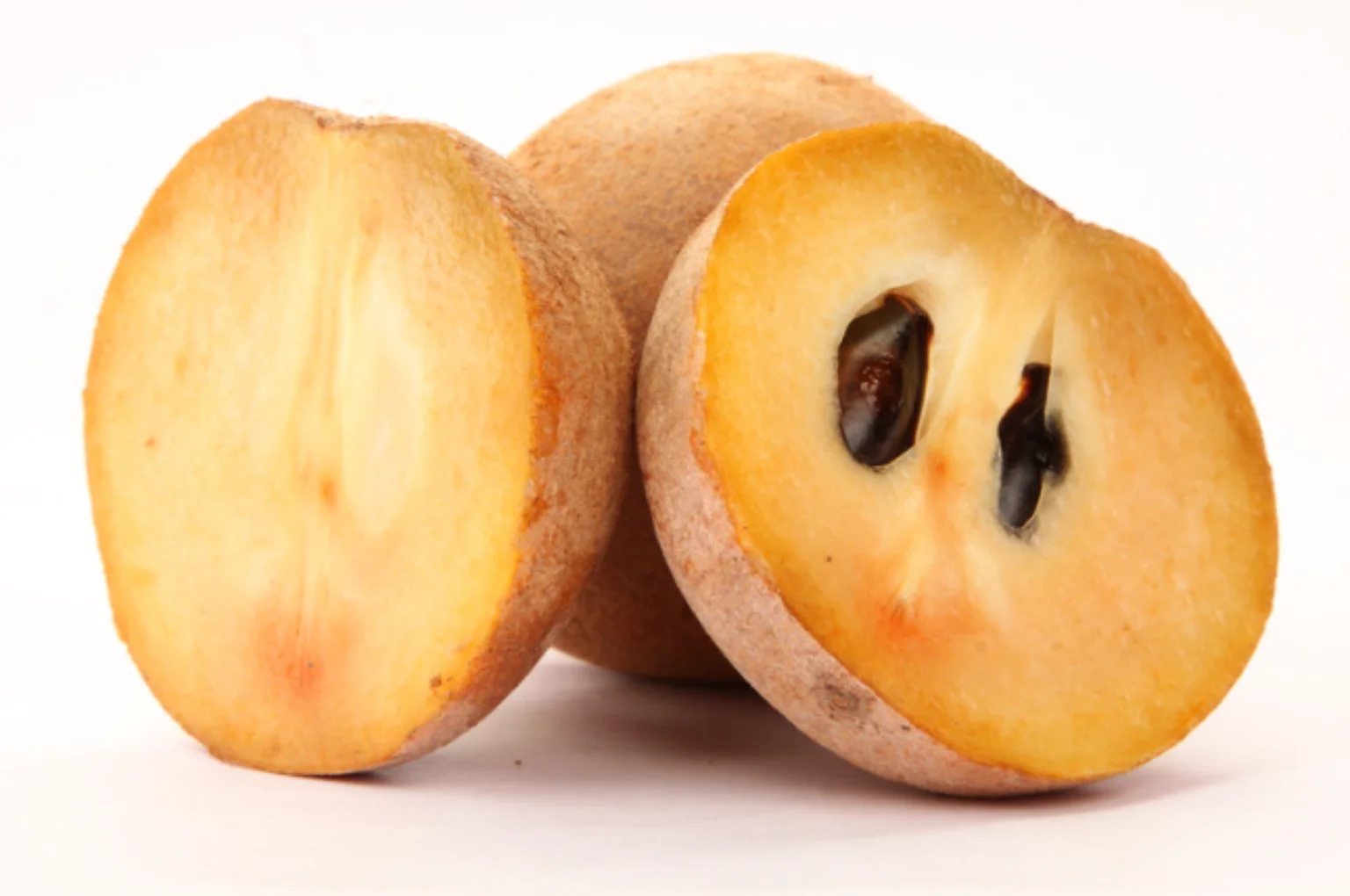
Sapodilla is a tropical fruit with a sweet, malty flavor that resembles brown sugar and pear. Originating from Central America, it has a grainy texture and a rich taste that makes it a popular choice for fruit salads and smoothies. The sap from the tree trunk was once used to create chicle, the chief source of chewing gum. The Aztecs also chewed the latex. The skin of the fruit itself is rough and brown, but inside, it reveals a soft, sweet interior that’s enjoyed both fresh and in various culinary creations.
6. Star Apple
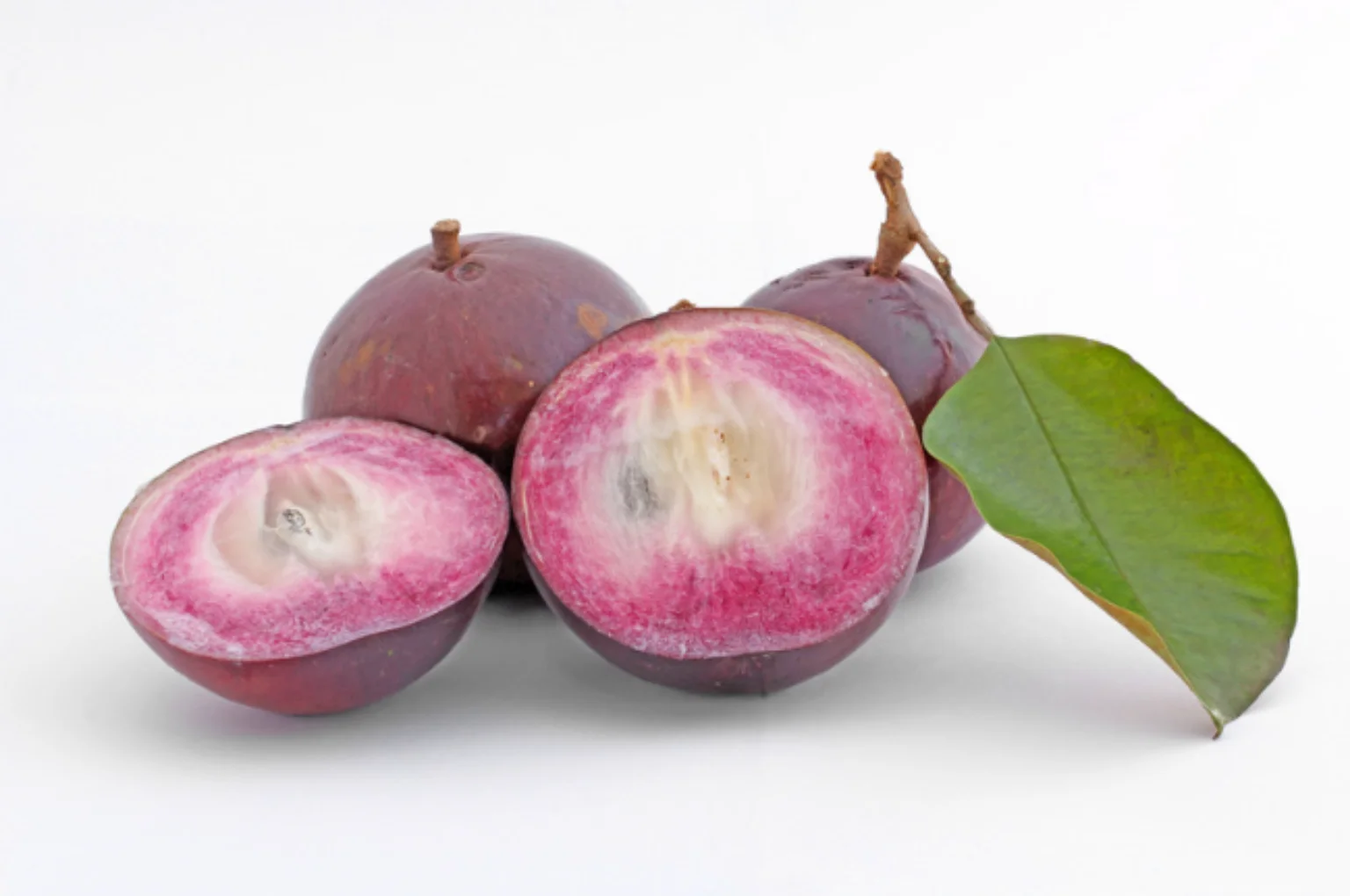
The Star Apple, or Chrysophyllum cainito, is a tropical fruit known for its star-shaped pattern visible inside when sliced. Its skin can be green or purple, while the flesh is creamy and sweet, with a flavor reminiscent of apples and grapes. Native to the Caribbean and Central America, Star Apple is enjoyed fresh or used in juices and desserts.
7. Tamarillo
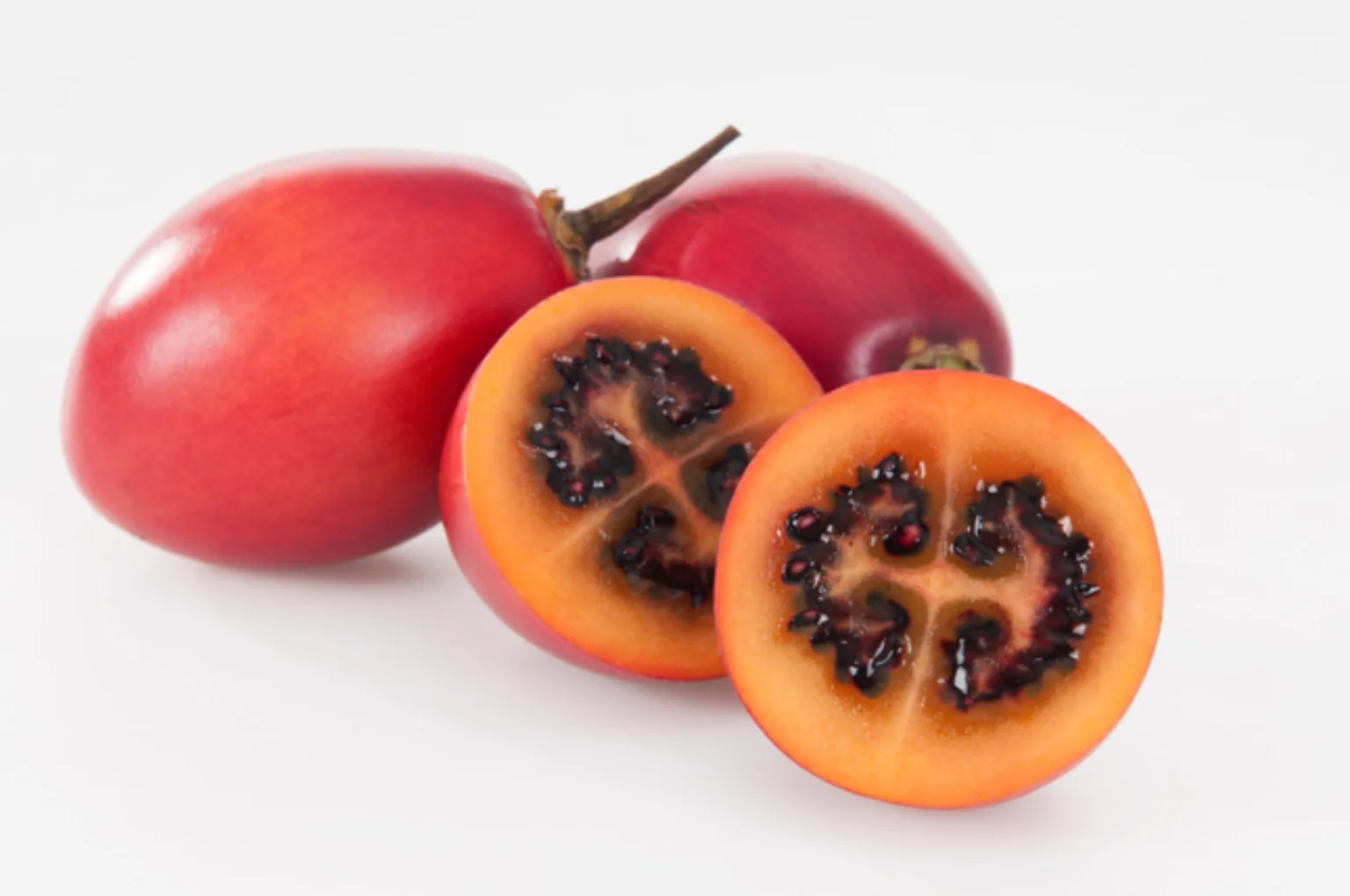
Tamarillo, commonly known as the tree tomato, is a fruit native to the Andes with a tangy flavor that can range from sweet to sour. It has a vibrant red or yellow skin and a juicy, flavorful flesh that makes it a versatile ingredient in both savory and sweet dishes. Tamarillo is often used in salsas, salads, and sauces, adding a distinctive taste to various culinary creations.
8. Pitaya
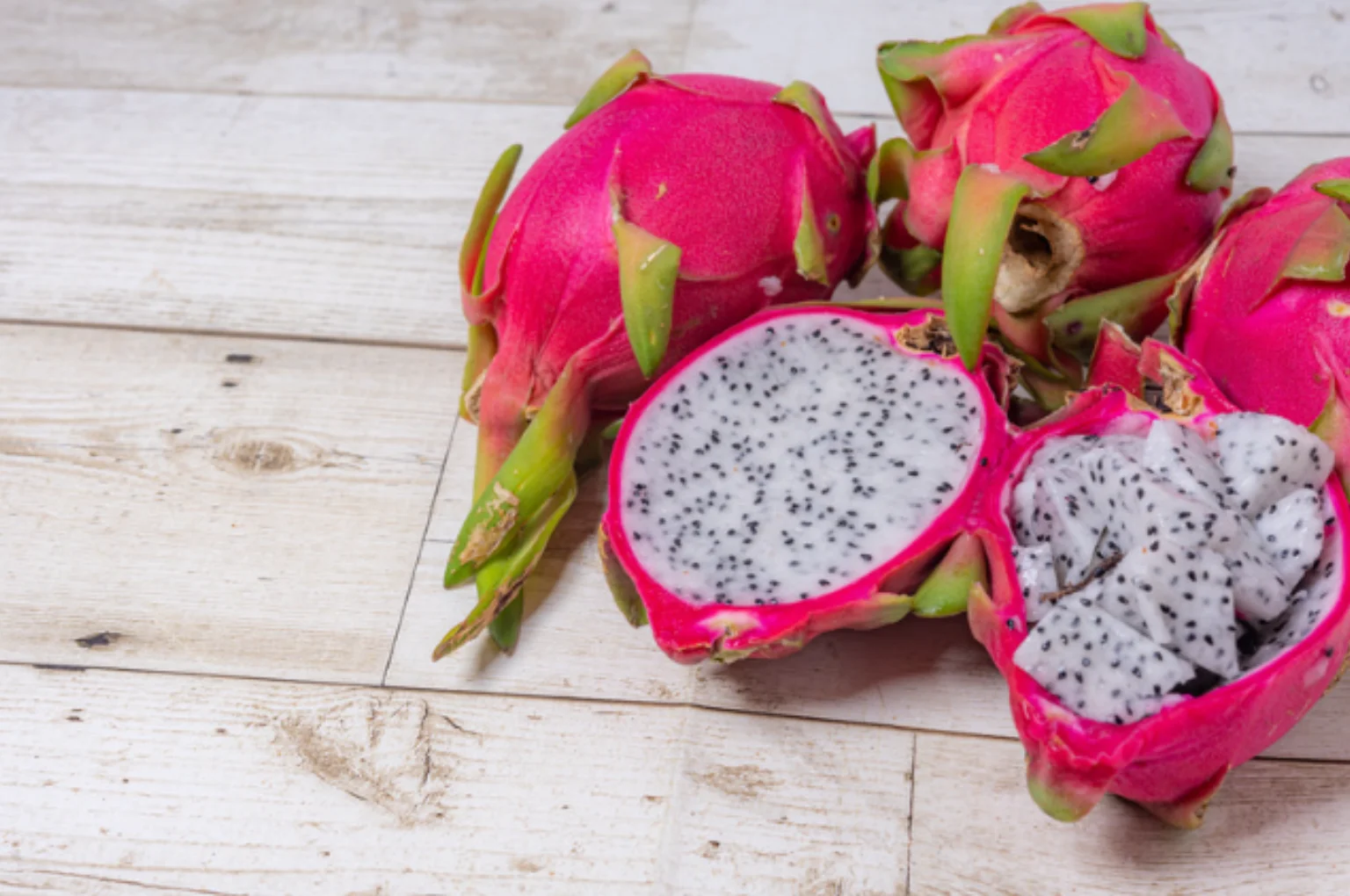
Pitaya, or dragon fruit, is an eye-catching cactus fruit with bright pink or yellow skin and white or red flesh speckled with tiny black seeds. Its mildly sweet flavor and crunchy texture make it a refreshing addition to fruit salads, smoothies, and as a garnish. Native to Central and South America, Pitaya is often praised for its striking appearance and health benefits, including high levels of vitamin C and fiber. The fruit’s vibrant color and unique taste make it a popular choice for adding a tropical touch to any dish.
9. Abiu
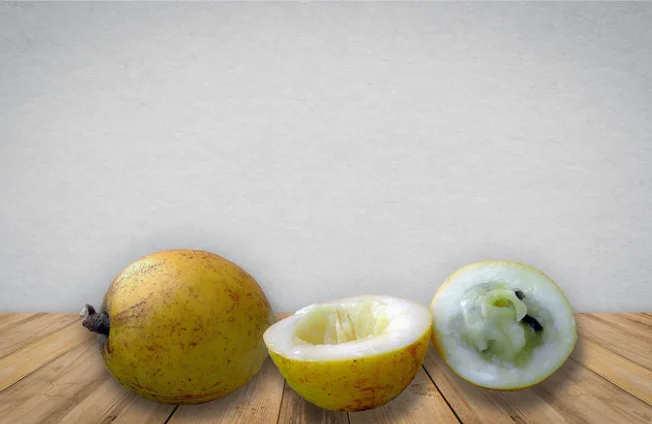
Abiu, a fruit native to the Amazon rainforest, is known for its translucent, jelly-like flesh that has a sweet, caramel-like flavor. The fruit’s skin is smooth and yellow when ripe, making it quite attractive. Abiu is often enjoyed fresh or used in desserts and smoothies due to its unique texture and taste.
10. Babaco
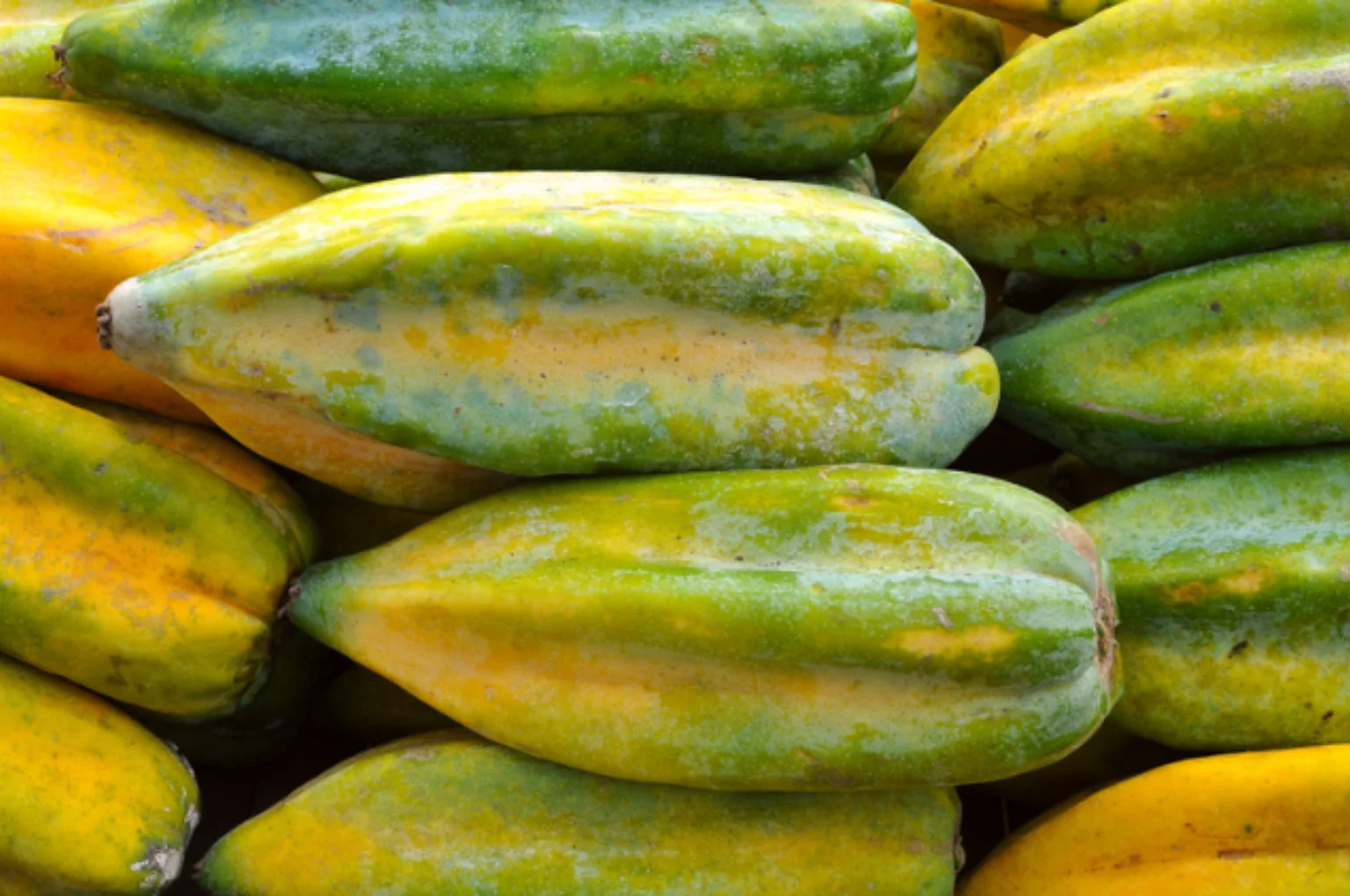
Babaco, also known as the mountain papaya, is a tropical fruit from Ecuador with a unique flavor that combines notes of pineapple, banana, and papaya. It has a distinctive appearance with its elongated shape and smooth, yellow skin. The fruit’s orange flesh is sweet and tangy, making it perfect for juices, salads, and desserts. Babaco’s versatility and refreshing taste make it a popular choice in South American cuisine.
11. Cupuaçu
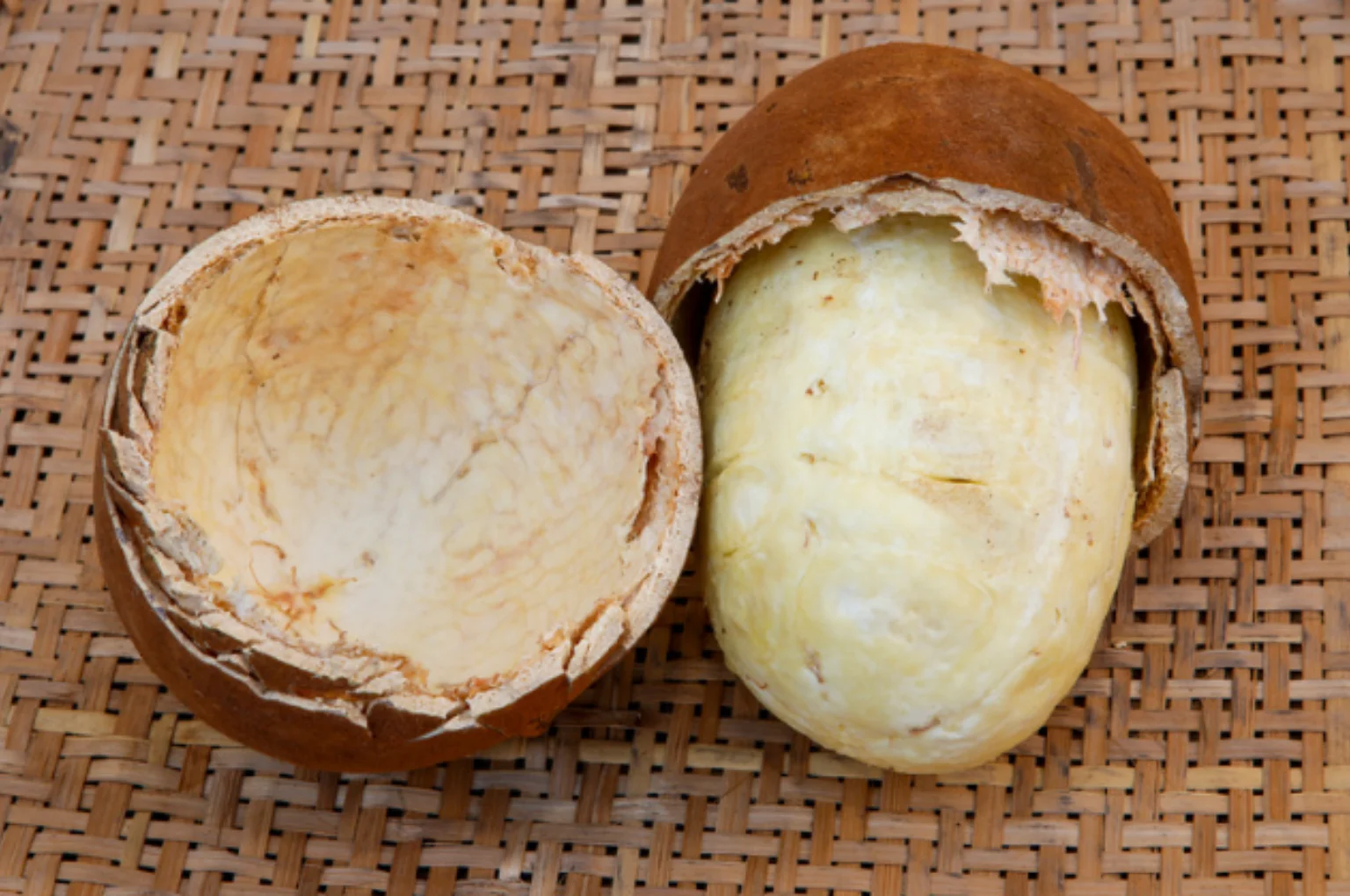
Cupuaçu is a tropical fruit native to the Amazon rainforest, valued for its creamy, custard-like flesh and distinct chocolate-pineapple flavor. The fruit has a rough, brown skin and is often used in sweets, smoothies, and even cosmetic products due to its rich taste and health benefits. Cupuaçu is high in antioxidants and has a unique flavor profile that sets it apart from more common fruits.
12. Baobab
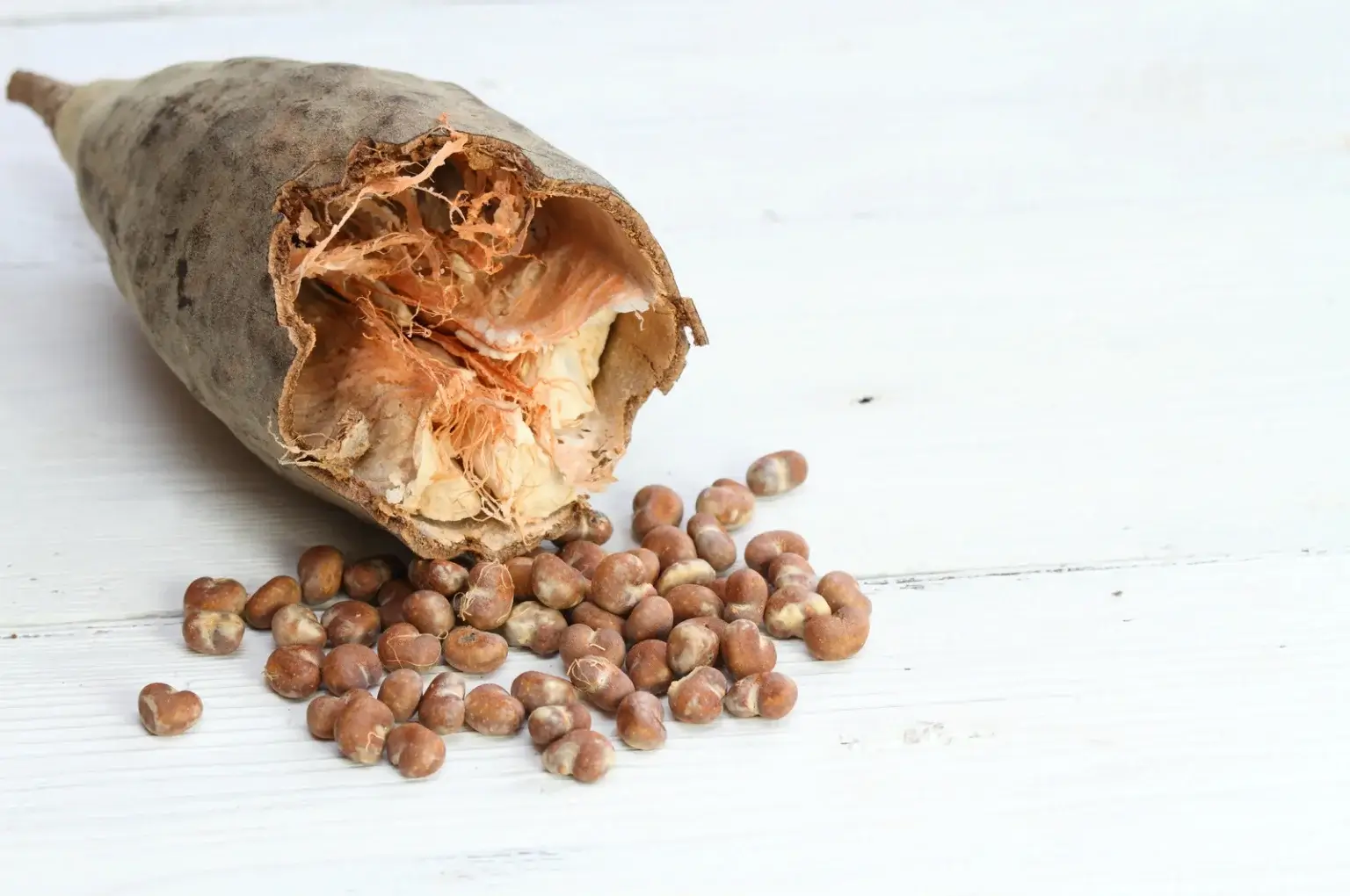
Baobab, known for its impressive size and longevity, produces a fruit with a hard shell and a powdery, tangy pulp inside. Native to Africa, this fruit is often praised for its high vitamin C content and unique sour flavor. The dried pulp is commonly used in beverages, smoothies, and supplements, offering a nutritious boost to various recipes. Baobab’s nutritional profile and distinctive taste make it a valuable fruit in many traditional African diets.
13. Bael Fruit
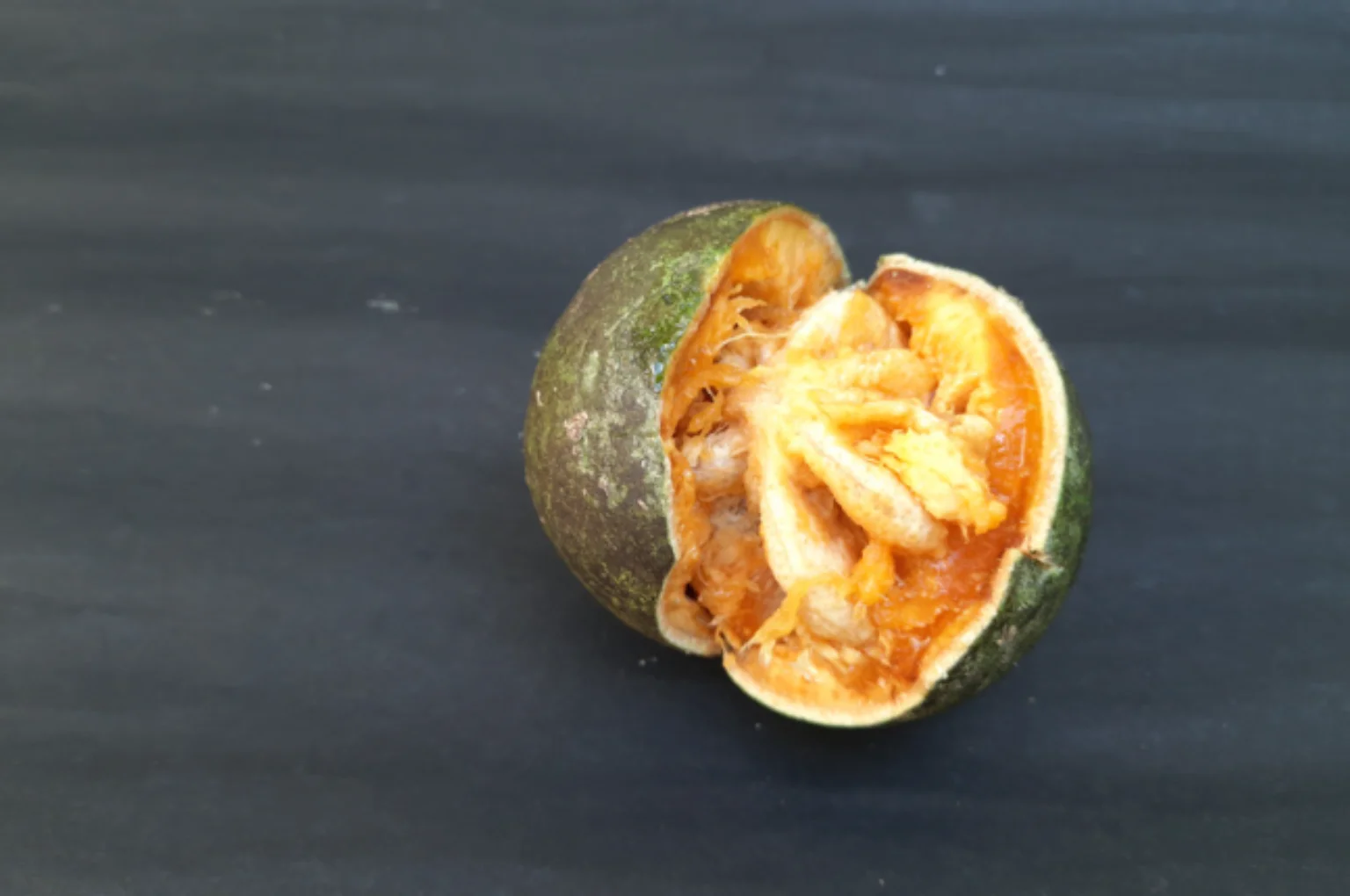
Bael fruit, often referred to as the “wood apple,” is a Southeast Asian tropical fruit with a hard, woody shell and aromatic, orange flesh inside. Its taste is sweet and slightly tangy, making it a popular ingredient in traditional Indian sweets and drinks. The fruit is also valued for its medicinal properties, including digestive and anti-inflammatory benefits.
14. Langsat
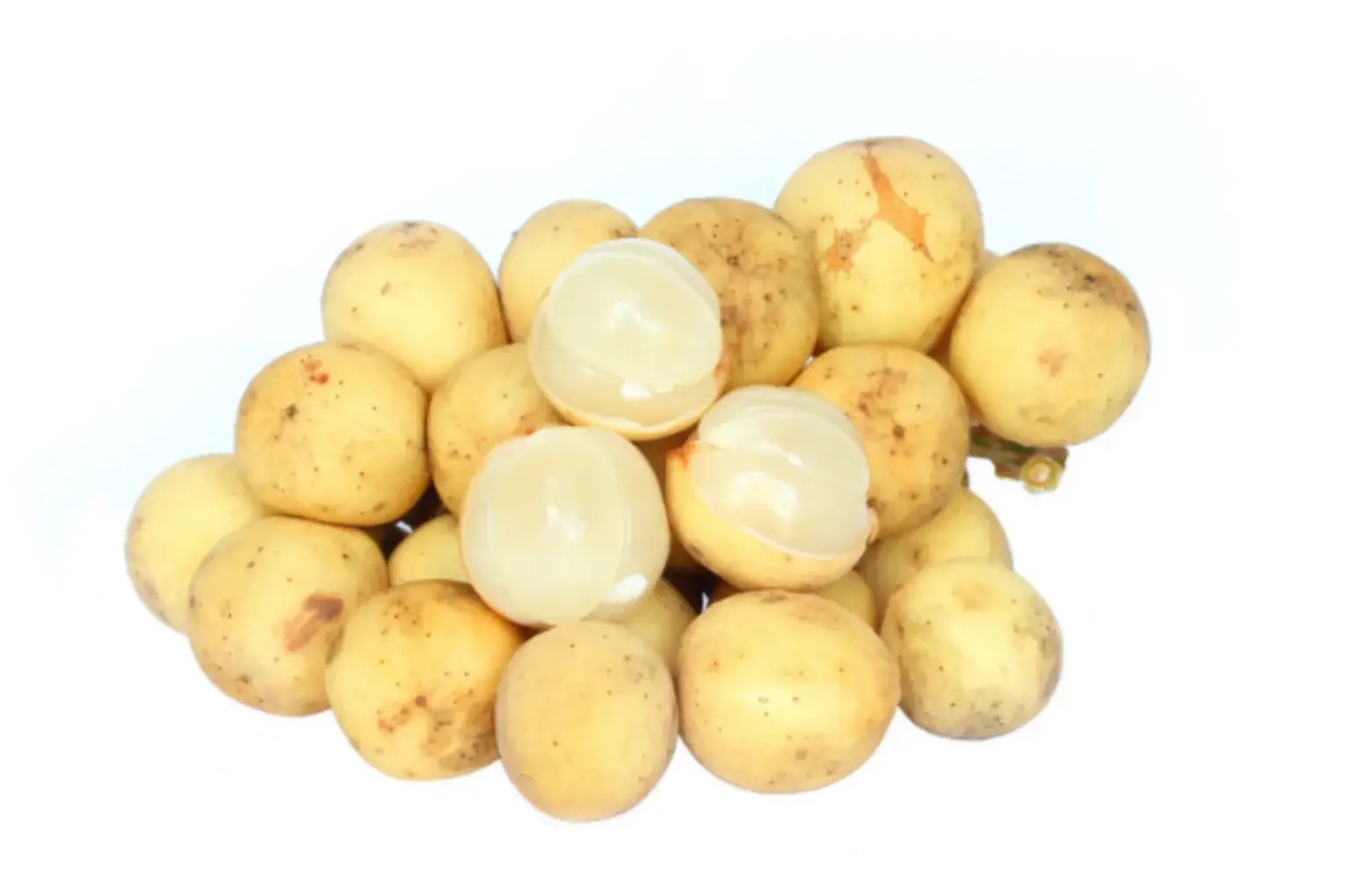
Langsat, also known as langsat or lanzones, is a small, round fruit native to Southeast Asia with a translucent, sweet-tart flesh. It has a dimpled, yellowish-brown skin that is easily peeled away to reveal the juicy interior. The fruit’s unique flavor is a blend of sweet, sour, and slightly bitter notes, making it a favorite in various Southeast Asian dishes and snacks.
15. Lucuma
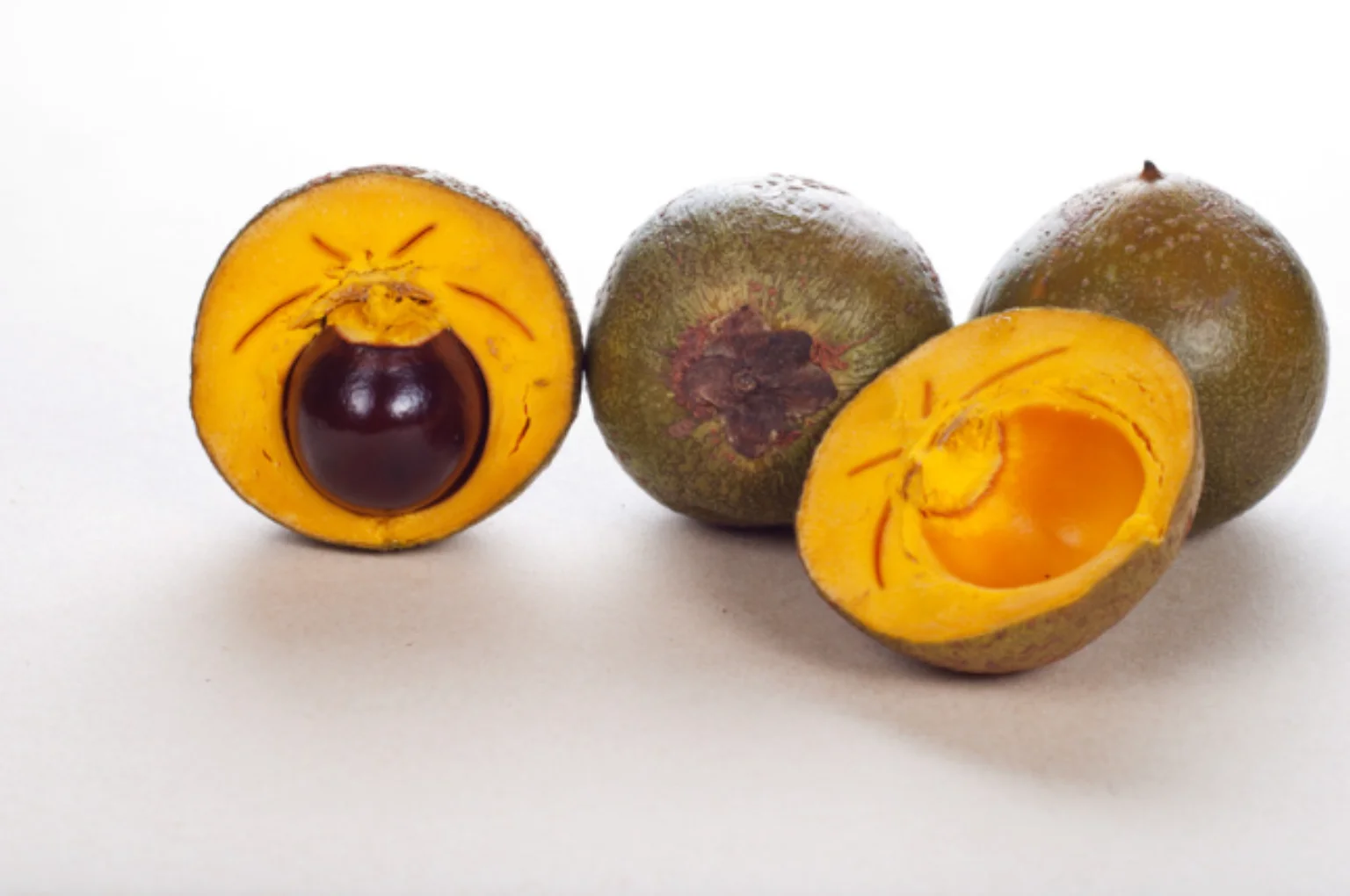
Lucuma is a unique fruit native to Peru, prized for its rich, sweet flavor that combines hints of maple, caramel, and sweet potato. Its distinctive taste and health properties make Lucuma a popular ingredient in South American cuisine. The fruit’s dry, yellow flesh is often ground into a powder and used in desserts, smoothies, and ice creams. Lucuma is also celebrated for its nutritional benefits, including high levels of beta-carotene and antioxidants.
16. Pulasan
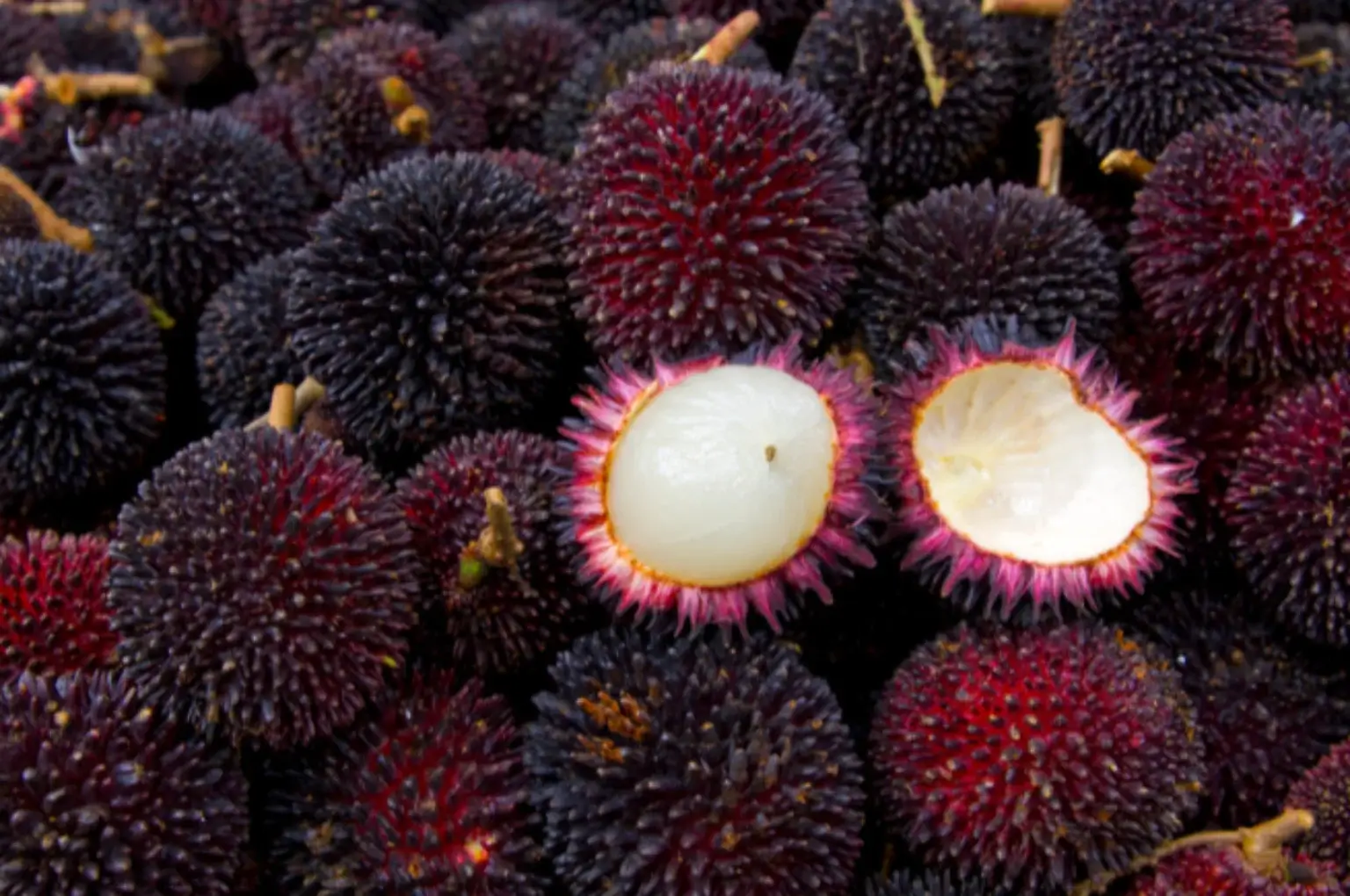
Pulasan is a tropical fruit native to Malaysia and Indonesia, closely related to the rambutan but with a firmer texture and sweeter taste. Its spiky, reddish skin encases a juicy, translucent flesh that is both sweet and slightly tangy. Pulasan is often enjoyed fresh or used in various desserts and fruit salads.
17. African Horned Cucumber
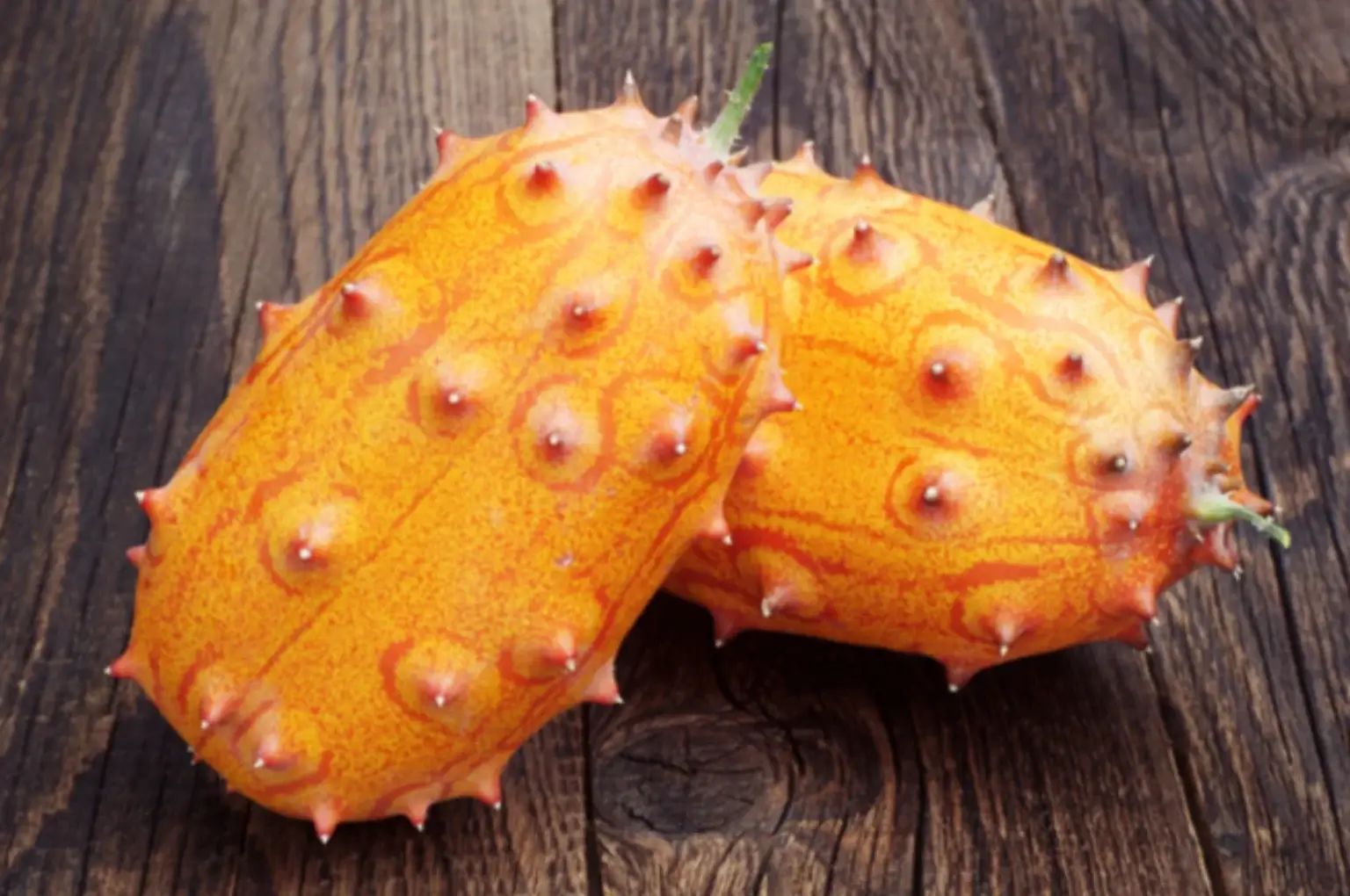
The African Horned Cucumber, also known as kiwano, is an exotic fruit with a spiky, orange skin and vibrant green, jelly-like flesh. Its flavor is mildly sweet and tart, making it a refreshing addition to fruit salads and smoothies. Native to Africa, this fruit is also used as a garnish and in various culinary applications.
18. Mangaba
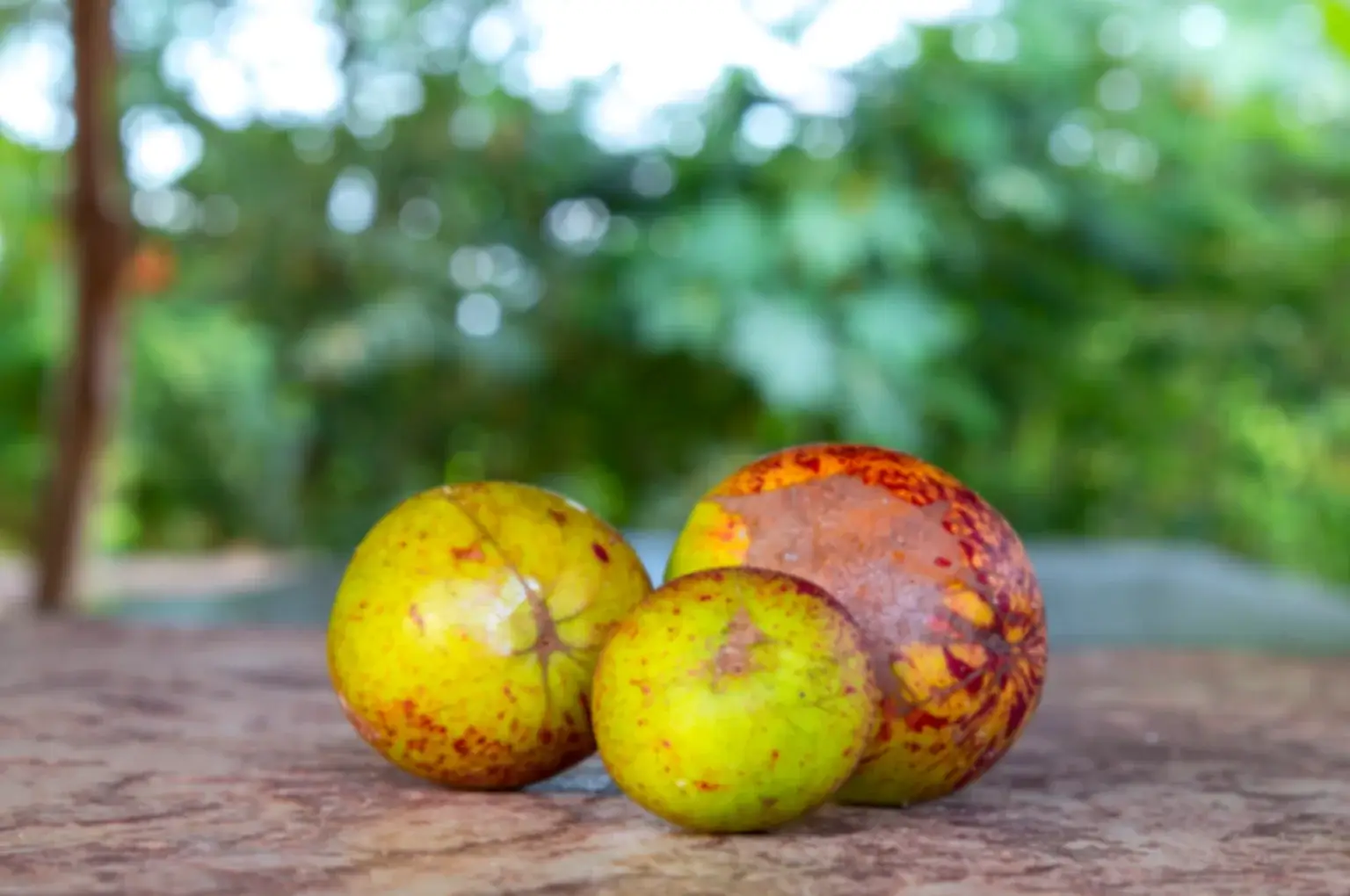
Mangaba is a tropical fruit native to Brazil, known for its sweet, aromatic flavor that combines hints of mango and peach. The fruit has a small, round shape with a thin, yellow skin and a juicy, orange interior. Mangaba is often enjoyed fresh or used in smoothies and desserts due to its vibrant flavor.
19. Cocoplum
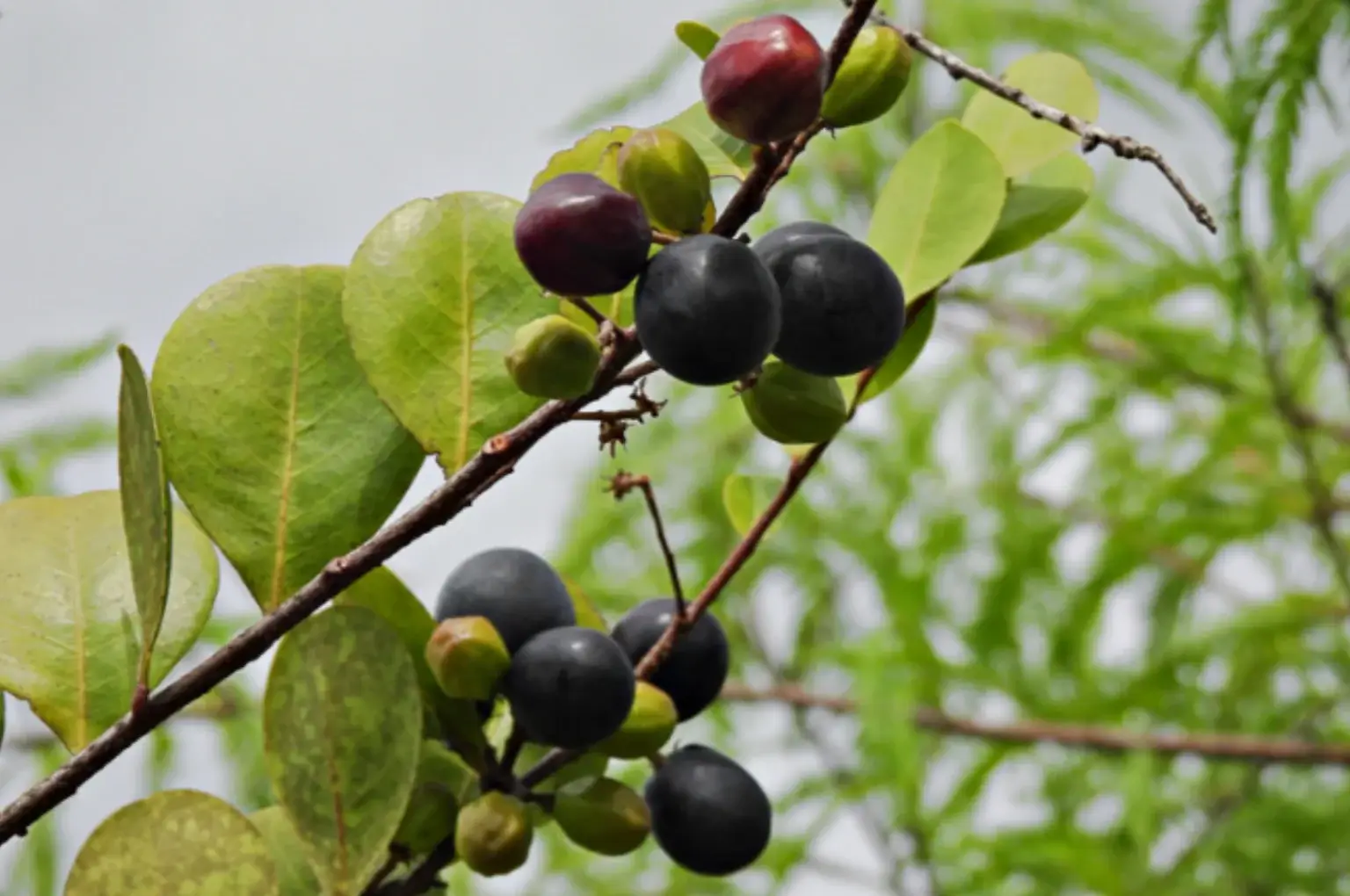
Cocoplum, native to the Caribbean and parts of Central America, is a small fruit with a sweet, plum-like flavor and a firm, edible skin. The fruit can range in color from yellow to purple and is often used in jams, jellies, and sauces. Cocoplum is valued for its flavor and is frequently enjoyed fresh or in various culinary creations.
20. Muntingia
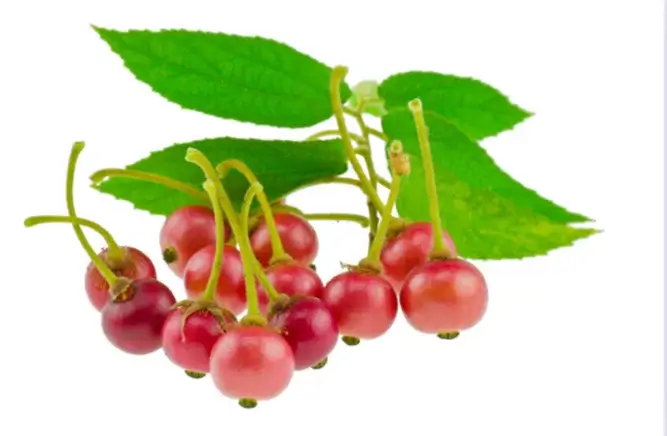
Muntingia, also known as the Jamaican cherry, is a small, red fruit with a sweet, cherry-like flavor and a juicy, tender flesh. Native to the Caribbean, this fruit is enjoyed fresh or used in beverages and desserts due to its pleasant taste and fragrance. Muntingia is often praised for its high vitamin C content and its role in traditional medicine.
21. Black Tomato
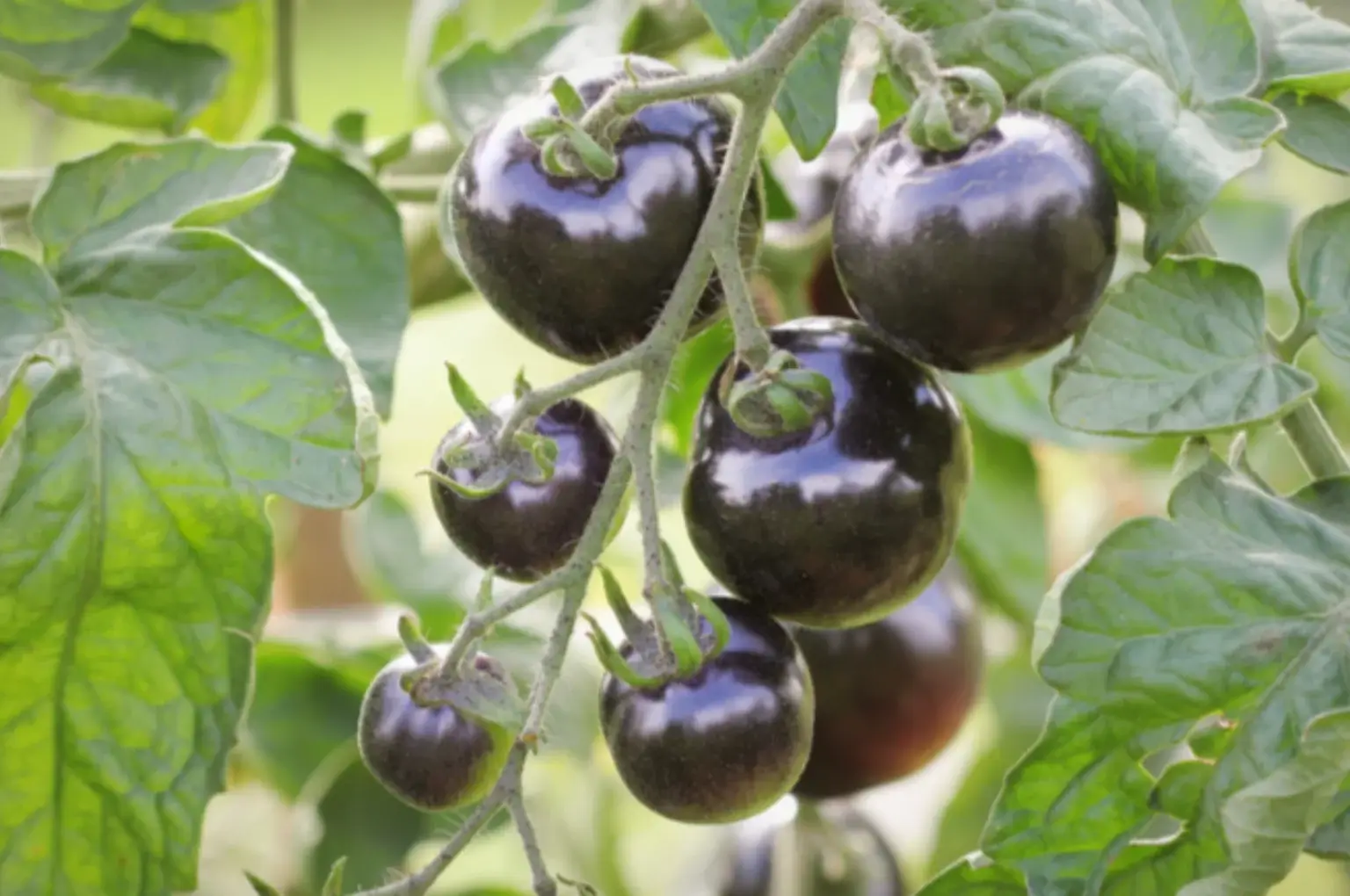
The Black Tomato, or heirloom tomato, is distinguished by its dark, almost black skin and rich, smoky flavor. Originally from the Mediterranean, this variety of tomato is often used in gourmet dishes and salads for its unique taste and dramatic appearance. Its deep color comes from high levels of anthocyanins, which also contribute to its complex, slightly sweet flavor. Black tomatoes are not only visually striking but also packed with nutrients.
22. Prickly Pear
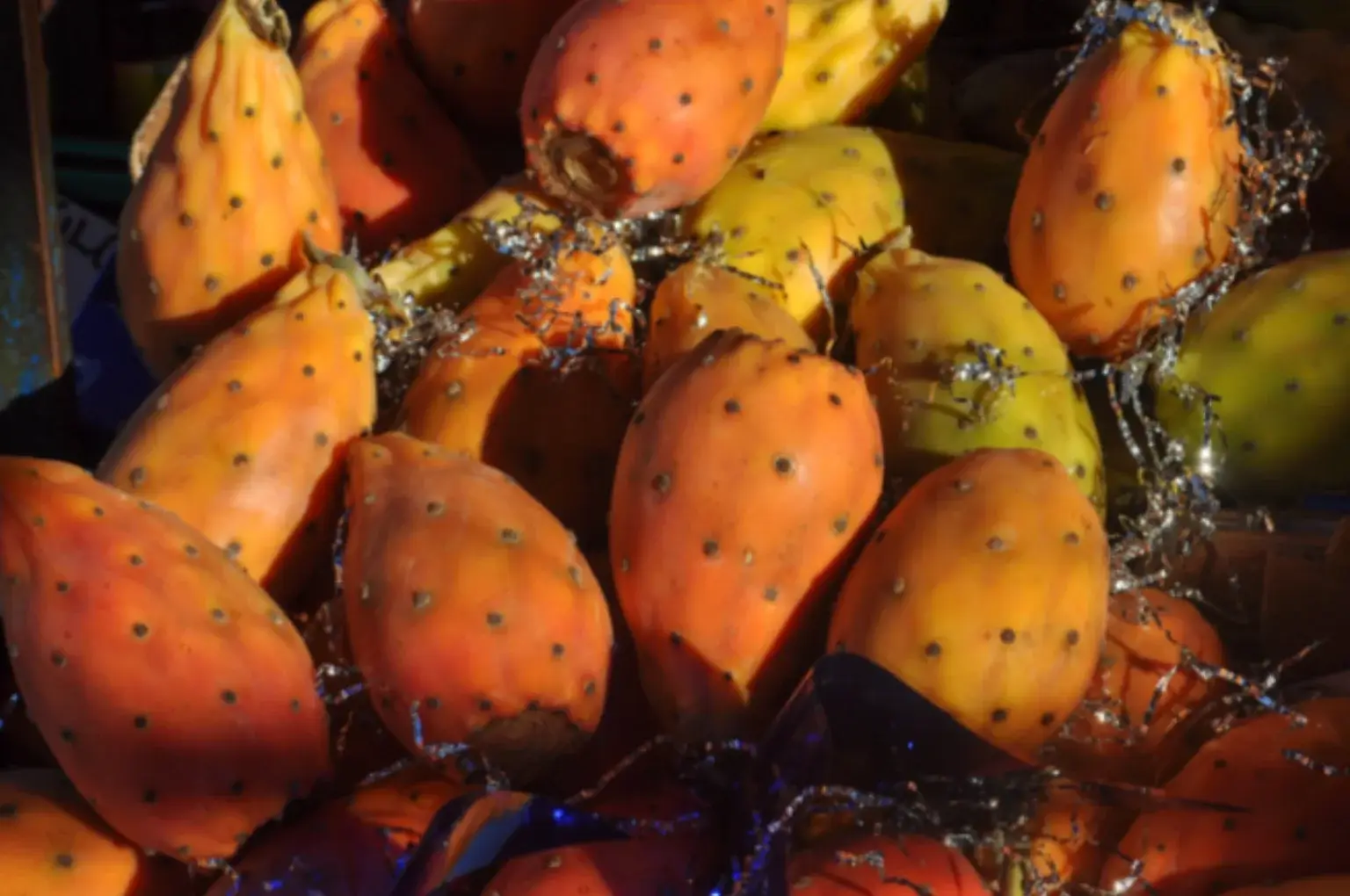
Prickly Pear, also known as cactus pear, is a vibrant fruit that grows on the prickly pear cactus. The fruit is valued for its unique flavor and health benefits, including high levels of vitamin C and antioxidants. It features a bright, pinkish skin and a sweet, mildly tangy flesh with small edible seeds. Prickly Pear is often used in juices, salads, and desserts, and its striking appearance makes it a visually appealing ingredient.
23. Nance
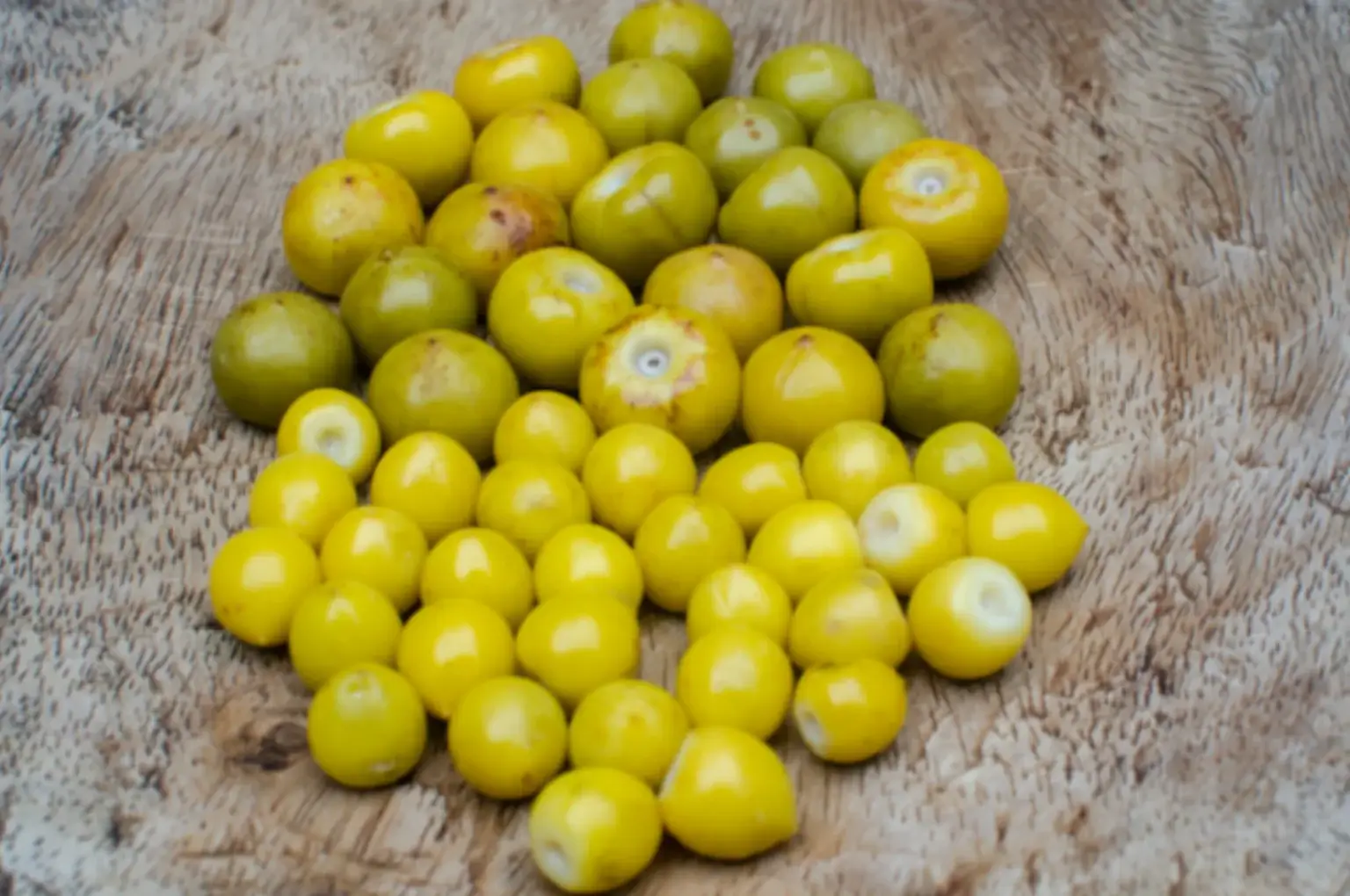
Nance is a small, yellow fruit with a distinctive sweet and tart flavor, native to tropical regions of the Americas. The fruit has a thin skin and is often used in beverages, jams, and traditional dishes. Nance’s unique taste and aroma make it a popular choice for adding a tropical twist to various recipes.
24. Canistel
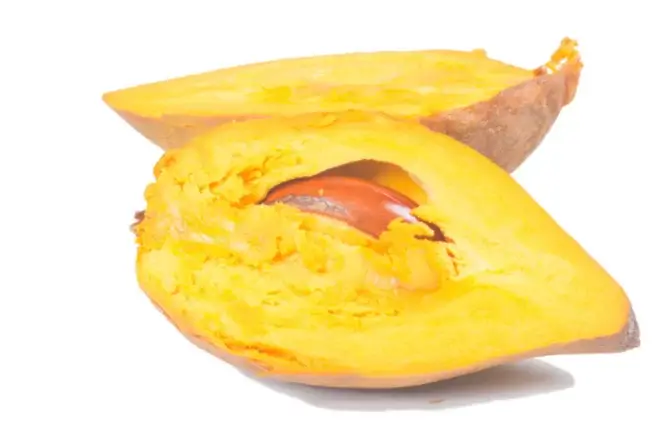
Canistel, also known as the eggfruit, is a tropical fruit with a custard-like texture and a sweet, slightly nutty flavor. The fruit’s bright yellow flesh has a creamy consistency, similar to that of cooked egg yolks, hence its name. Canistel is often enjoyed fresh, blended into smoothies, or used in desserts.
25. Lapsi
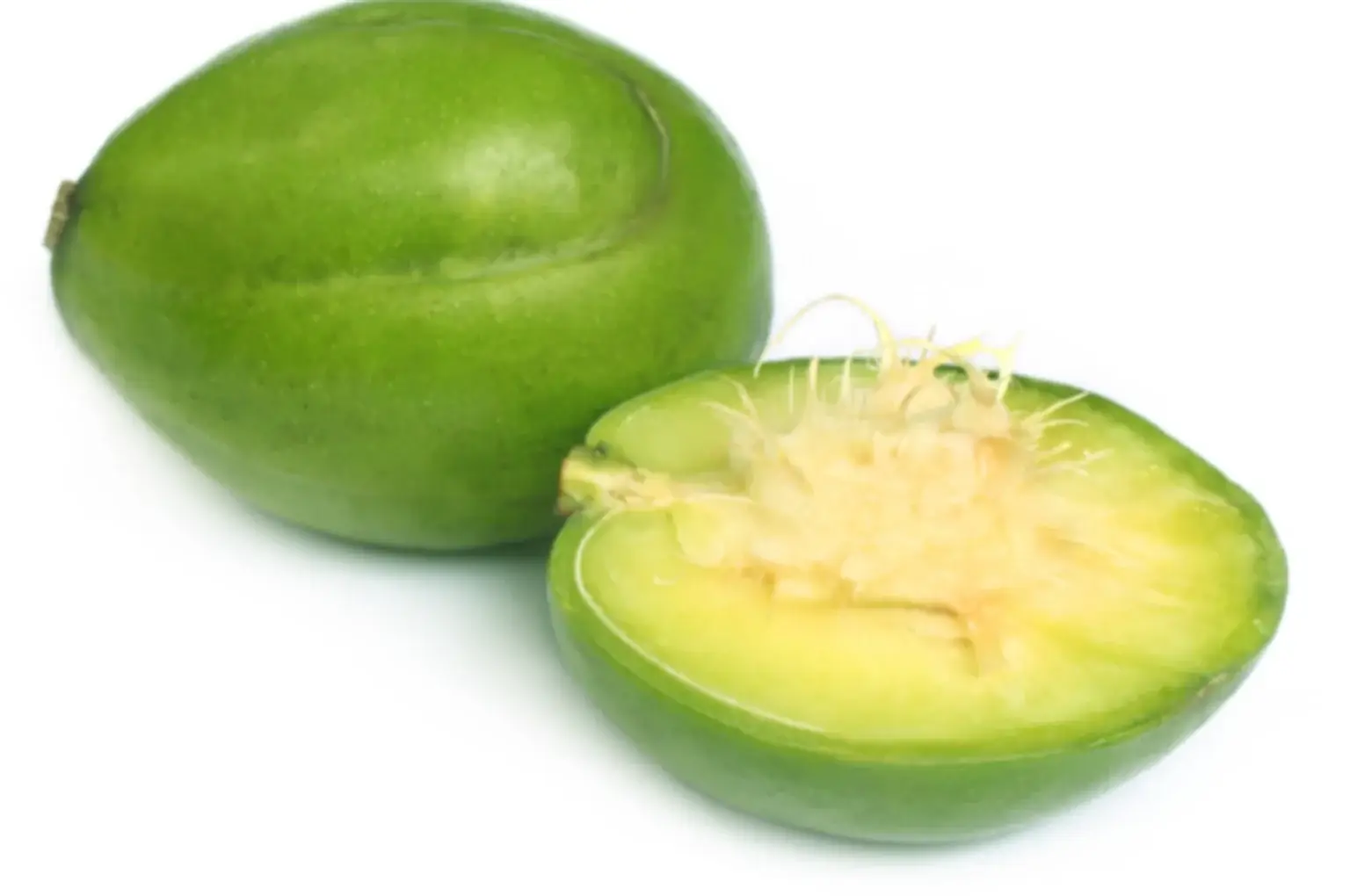
Lapsi, also known as the Chebulic Myrobalan, is a small, round fruit native to South Asia with a tart, tangy flavor. It is often used in traditional medicine and culinary dishes, valued for its digestive and detoxifying properties. The fruit can be consumed fresh or dried and is commonly used in pickles, jams, and herbal remedies.

